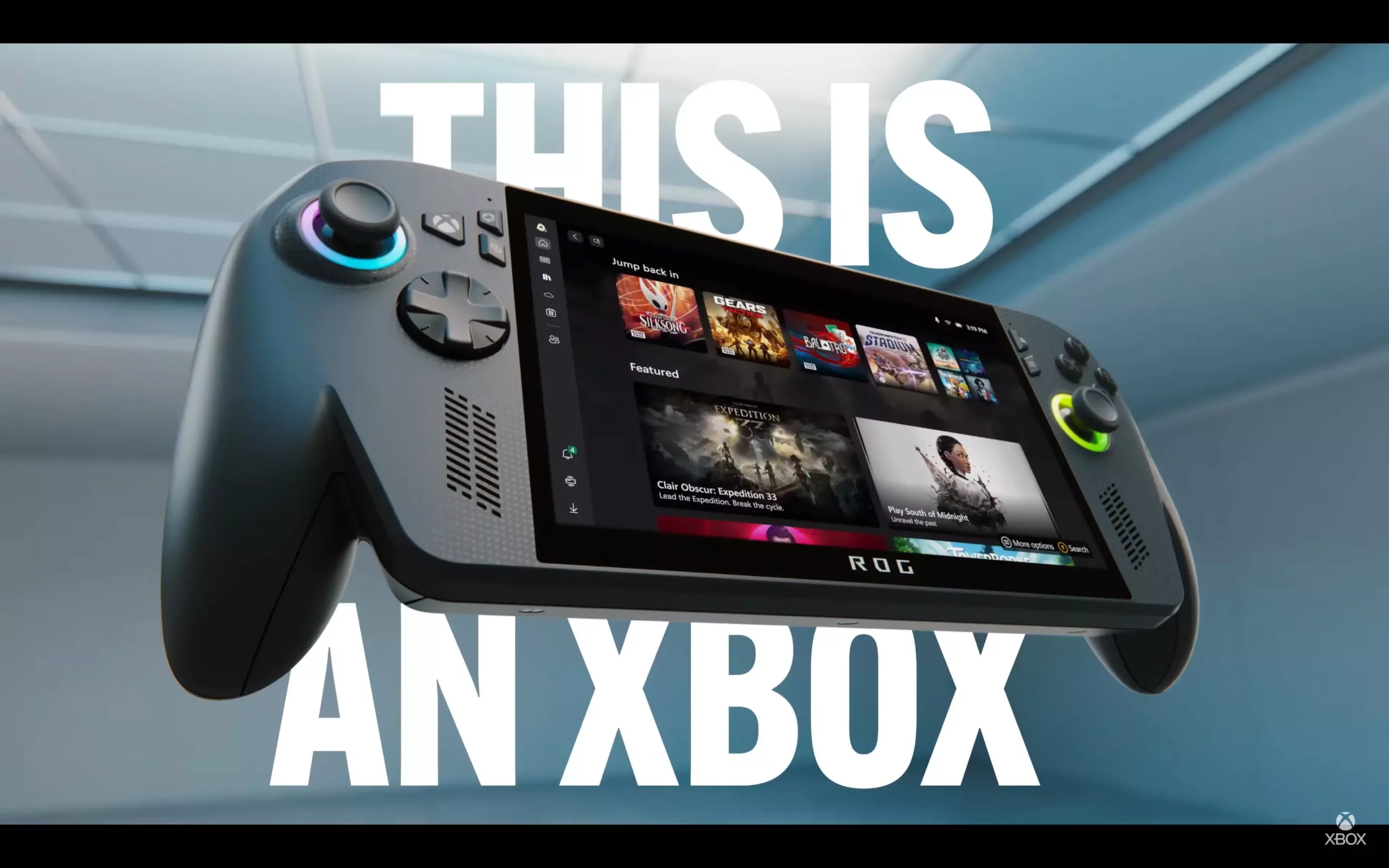In an unexpected yet thrilling collaboration, Microsoft has teamed up with Asus to unveil the ROG Xbox Ally X and ROG Xbox Ally, two handheld devices promising to usher in an exciting new era for Xbox gaming. This announcement positions itself as a game changer, allowing portable gaming enthusiasts to experience familiar Xbox controls, user interface, and an array of Xbox games on the go. However, as we navigate this latest offering from Microsoft, a critical examination is essential to help us understand its potential impact on the gaming landscape.
A Peek Under the Hood: Hardware Breakdown
At the heart of these handhelds lies the new Z2 processor architecture, with the ROG Xbox Ally X equipped with the impressive Z2 Extreme chip, featuring 16 RDNA 3.5 GPU cores and 8 Zen 5 CPU cores. This combination assures optimal performance for gamers, filling every gaming session with intense graphics and smooth gameplay. But let’s not gloss over the ROG Xbox Ally’s Z2 A variant, which is less inspiring with its older technology – just 8 RDNA 2 GPU cores and a mere 4 Zen 2 CPU cores. The disparity raises eyebrows and begs the question: will the ROG Xbox Ally A deliver decent performance at a competitive price, or will it barely scrape by in a market that increasingly leans toward cutting-edge specifications?
Windows 11: The Engine Behind the Screens
Interestingly, both devices run on Windows 11, a choice that opens the floodgates of countless PC games and digital storefronts. For seasoned PC gamers, this could be music to their ears, letting their gaming libraries extend beyond the confines of Xbox-branded games. Access to a diversified game library can act as a significant incentive for consumers, particularly if these devices support popular platforms like Steam or Epic Games Store. However, there lies a potential drawback. Executing Windows on a handheld can often lead to a clunky user experience unless this new Xbox interface streamlines the process, making gaming accessible and user-friendly.
The Price of Progress: What Will It Cost?
The burning question remains—what price tag will accompany these groundbreaking devices? Although no specific pricing details have emerged, speculation is rife. Given the competitive landscape of handheld gaming, the ROG Xbox Ally X should ideally boast a price point that mirrors or even undercuts current contenders like the Steam Deck. Meanwhile, the ROG Xbox Ally should be a budget-friendly alternative; anything beyond that would risk alienating budget-conscious gamers looking to dip their toes into portable gaming.
Shifting Paradigms: Redefining Xbox Identity
The advent of the ROG Xbox Ally blurs the lines of what it means to be an Xbox, morphing it into a conceptual entity representing a Windows-powered gaming experience. To paraphrase the age-old adage: “If it walks like a duck and quacks like a duck, is it really a duck?” Sure, the aesthetics may echo a portable gaming console, but the essence lies firmly within the realms of a capable gaming PC. This evolution invites a philosophical debate in the gaming community: Does successfully functioning like an Xbox mean that any Windows gaming device qualifies as an Xbox?
The Competition Looms: Making a Case for a Better User Experience
While the ROG Xbox Ally seems to be on an ambitious trajectory, it’s crucial to consider that competitors are also vying for the handheld gaming throne. With the recent success of SteamOS on devices like the Lenovo Legion Go S, Microsoft potentially faces a significant challenge in delivering a competitive user experience. An optimized Windows interface for handheld gaming is essential if Microsoft wants to stay relevant in this fast-moving sector. With increasing scrutiny on user experience, the new Xbox UI will need to prove that it can rival the streamlined efficiency of competing operating systems.
Microsoft’s foray into handheld gaming with Asus is both an exciting venture and a challenging endeavor. As gamers anticipate holiday 2025 for the product launch, the focus should remain on whether Microsoft can successfully marry strong hardware specifications with intuitive software. As innovations continue to unfold, we are left to ponder the direction the gaming industry will take and the potential legacy these handhelds might leave behind.

